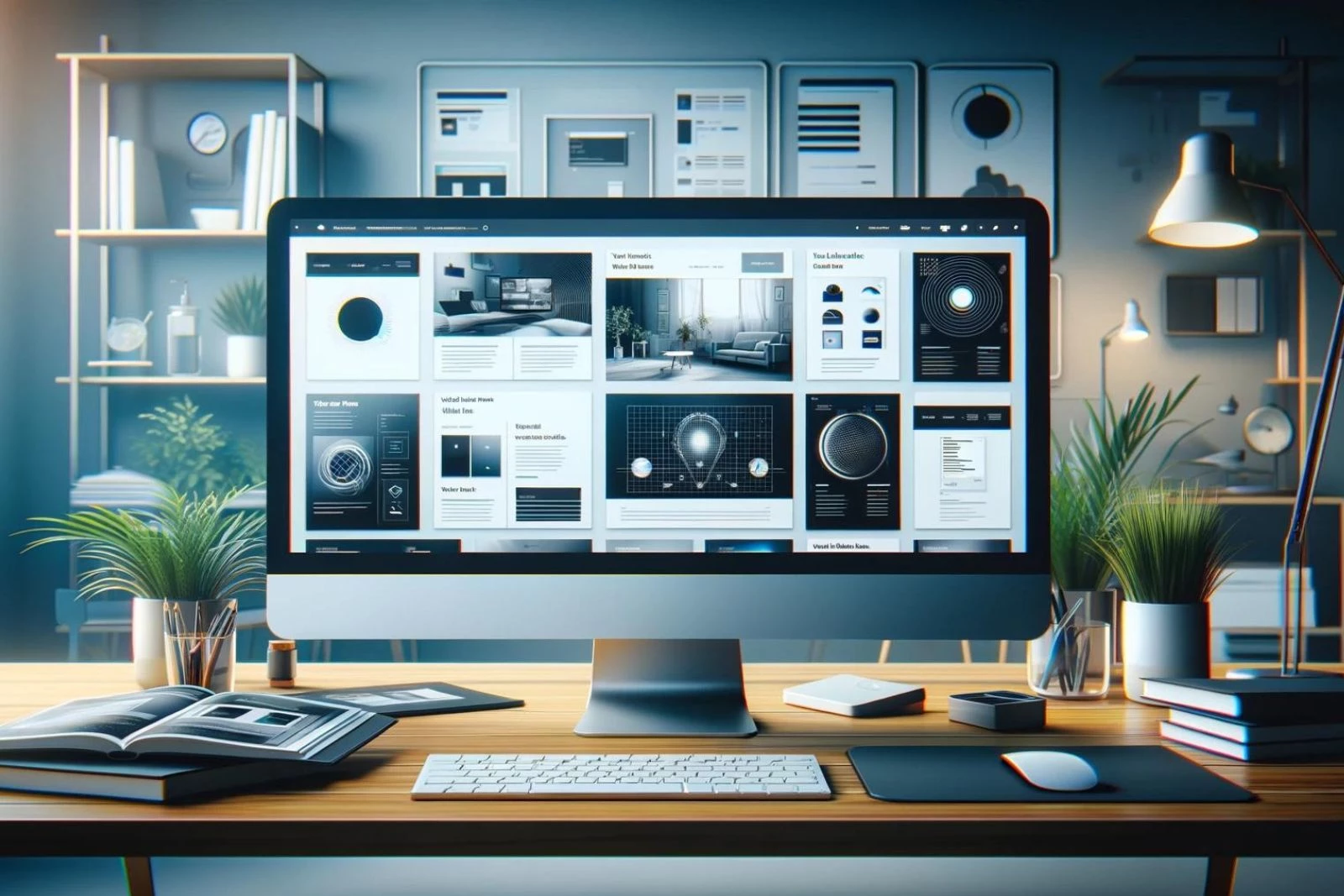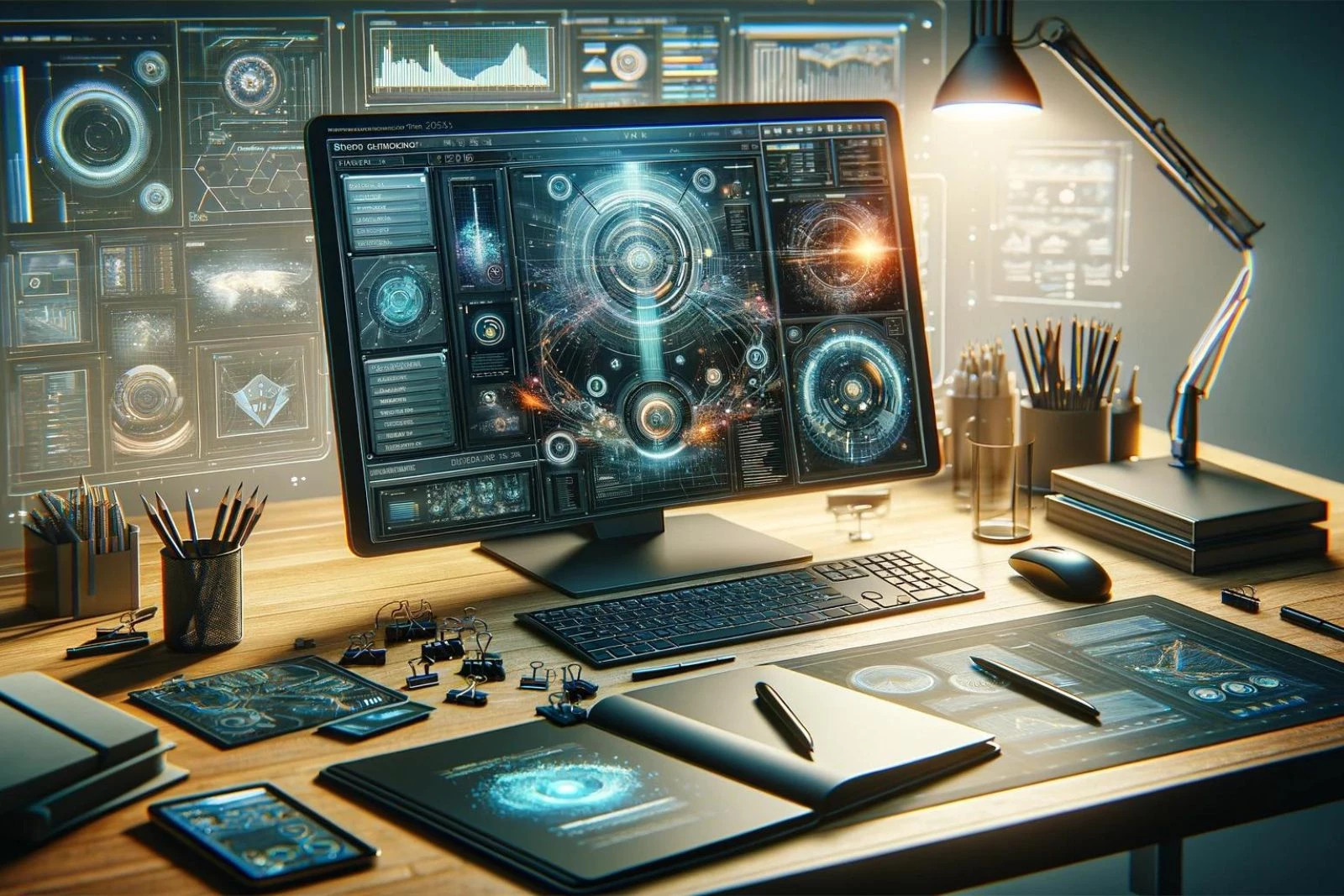
Discover the latest web design trends for 2024! Stay ahead with insights on 3D elements, dark mode, AR, sustainability, and more. Expert tips inside!
In the ever-evolving landscape of web design, staying ahead of the curve is essential for businesses looking to make a lasting impression online. As we venture into 2024, the digital sphere continues to witness dynamic shifts in design aesthetics, user experience, and technological advancements. In this comprehensive guide, we'll delve into the top web design trends of 2024, empowering you with the knowledge and insights needed to elevate your online presence and captivate your audience effectively.
In 2024, web design is all about creating immersive and visually stunning experiences that captivate and engage users from the moment they land on a website. From bold colors and striking imagery to innovative animations and video backgrounds, brands are embracing the power of visual storytelling to leave a lasting impression on their audience.
While immersive visuals are essential, minimalistic design elements continue to dominate the web design landscape in 2024. Clean layouts, ample white space, and simplified navigation menus not only enhance the overall user experience but also ensure that content remains the focal point of the website.
Interactive user interfaces are gaining momentum in 2024, as brands seek to foster meaningful engagement and interaction with their audience. From scroll-triggered animations and micro-interactions to personalized user experiences based on user behavior, interactivity is key to creating memorable digital experiences.
Dark mode design has emerged as a popular trend in 2024, offering users a sleek and modern alternative to traditional light-themed interfaces. Dark mode not only reduces eye strain, especially in low-light environments, but also adds a touch of sophistication to website aesthetics.

Incorporating three-dimensional elements and illustrations adds depth and visual interest to websites, creating a sense of realism and immersion. From 3D product renderings to interactive 3D animations, brands are leveraging this trend to showcase their products and services in a more dynamic and engaging manner.
In 2024, harnessing the power of Google My Business has become essential for businesses looking to enhance their online visibility and attract local customers. Integrating Google My Business features directly into the website, such as customer reviews, location maps, and business hours, helps build trust and credibility with potential customers.
With the rise of voice-enabled devices and virtual assistants, voice user interfaces (VUI) are shaping the future of web design in 2024. Websites optimized for voice search and navigation offer users a seamless and intuitive browsing experience, driving engagement and conversions.
Sustainability and eco-friendly design have become integral components of web design in 2024, as brands prioritize environmental responsibility and social impact. From using renewable energy to powering servers to reducing carbon footprint through optimized code and design practices, sustainable web design is on the rise.
Inclusive design practices are gaining traction in 2024, as businesses strive to create digital experiences that are accessible to users of all abilities and backgrounds. From ensuring compliance with web accessibility standards to designing with empathy and inclusivity in mind, inclusive design fosters a more equitable and user-friendly web experience.
Augmented reality (AR) and virtual reality (VR) technologies are revolutionizing the way users interact with digital content in 2024. From immersive product experiences to virtual showroom tours, AR and VR offer endless possibilities for creating memorable and engaging web experiences.

The top web design trends of 2024 are all about innovation, creativity, and user-centricity. By embracing these trends and incorporating them into your web design strategy, you can create compelling digital experiences that captivate your audience, drive engagement, and ultimately, elevate your brand to new heights of success.
To integrate 3D elements, consider using WebGL or CSS 3D transforms, and ensure compatibility across devices for a seamless experience.
To implement dark mode, utilize CSS media queries to detect user preferences and adjust the color scheme and contrast accordingly.
Design for sustainability by prioritizing energy-efficient hosting, optimizing code and resources, and incorporating eco-friendly design principles.
To integrate AR features, use web AR frameworks like AR.js or Three.js, and design interactive experiences that enhance user engagement.
Integrate AI-powered chatbots by leveraging platforms like Dialogflow or Chatfuel, and design conversational interfaces to assist users with inquiries and tasks.



